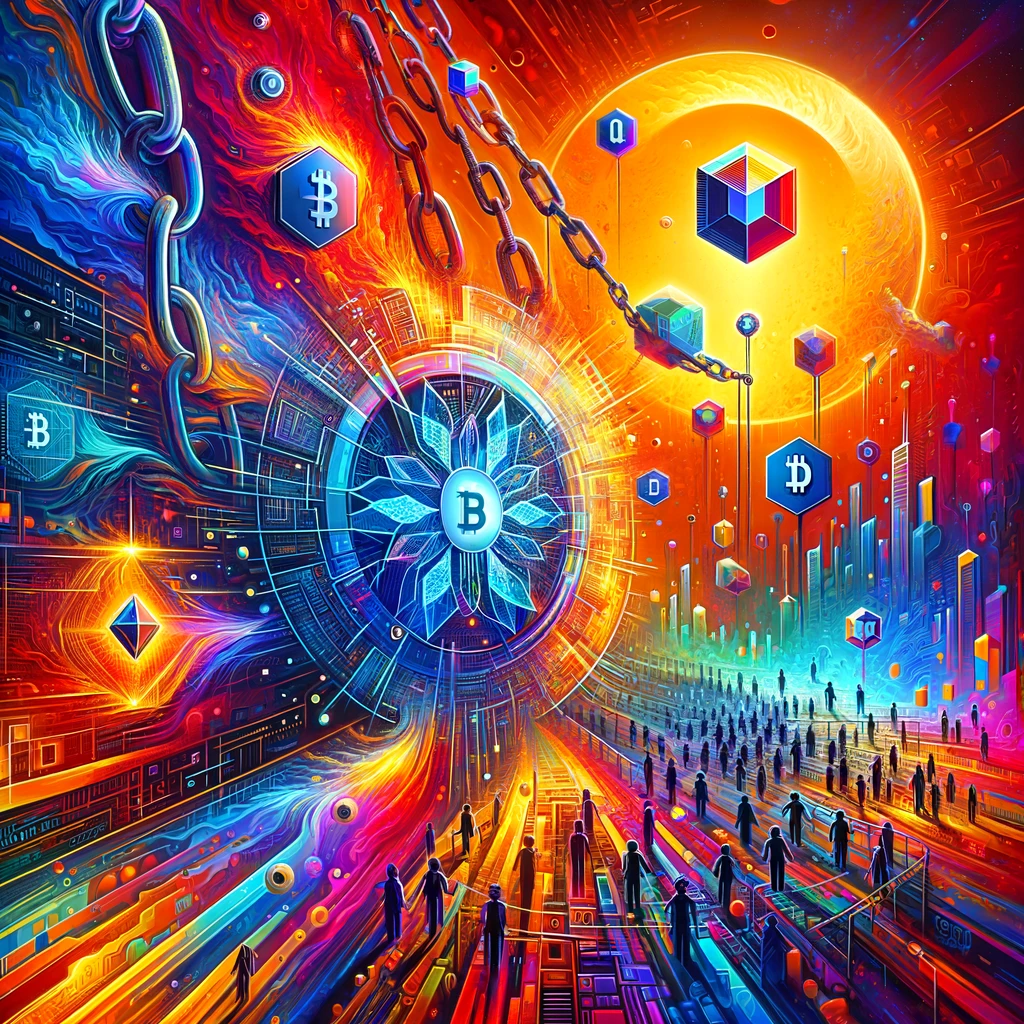
The fusion of Non-Fungible Tokens (NFTs) with the art world has unleashed a revolution that extends far beyond the traditional boundaries of galleries and auction houses, into a realm where digital art and blockchain technology intertwine to create unprecedented opportunities for artists, collectors, and investors. This transformative wave is characterized by a series of emerging trends that are not only redefining the landscape of art but are also setting new standards for ownership, value, and the role of technology in artistic expression.
A key aspect of this revolution is the concept of digital provenance. Blockchain technology provides a tamper-proof ledger for every piece of art, ensuring authenticity and clear ownership history. This addresses long-standing issues in the art world related to forgery and dispute over ownership, offering a level of transparency and security previously unattainable. Moreover, it empowers artists by providing them a platform to secure their rights and receive due recognition and compensation for their work, especially through the mechanism of royalties on secondary sales.
Another significant trend is the rise of fractional ownership, facilitated by blockchain’s ability to tokenize digital assets. This approach has democratized access to artworks, traditionally the preserve of the wealthy, by allowing multiple individuals to own shares in a single piece. It opens the door to a more inclusive investment model, broadening the base of potential collectors and investors, and injecting liquidity into the art market.
The emergence of Decentralized Autonomous Organizations (DAOs) focused on art represents a radical shift towards community-driven curation and ownership. Art DAOs operate on democratic principles, allowing members to collectively make decisions on acquisitions, exhibitions, and sales. This model fosters a more collaborative ecosystem that challenges traditional gatekeepers and intermediaries in the art world, promoting a more direct relationship between artists and their audience.
Virtual galleries and exhibitions have capitalized on the digital nature of NFT-based art, offering immersive and accessible platforms for showcasing work. These virtual spaces transcend geographical barriers, enabling artists to reach a global audience and creating opportunities for virtual reality experiences that redefine how art is consumed and appreciated.
The trend of generative art, where algorithms create unique pieces of art for each NFT, highlights the intersection of creativity and technology. This innovative approach offers a new dimension of artistic expression, with blockchain ensuring the uniqueness and ownership of each piece. It illustrates the potential for technology to not just facilitate but actively contribute to the creative process.
Blockchain and NFTs are being leveraged for social impact, with artists using their work to support charitable causes and activism. This trend underscores the potential of digital art to serve as a powerful tool for awareness, engagement, and fundraising for critical issues.
The integration of NFTs and blockchain technology into the art world is facilitating a profound transformation. It is not only altering how art is created, bought, and sold but also how it is valued and experienced. By providing mechanisms for provenance, fractional ownership, community curation, virtual exhibitions, generative creativity, and social impact, NFTs are laying the groundwork for a future where art is more accessible, inclusive, and interconnected with the digital age. As these trends continue to evolve, the potential for innovation and disruption in the art world seems limitless, promising a future where the boundaries between art, technology, and society become increasingly blurred.